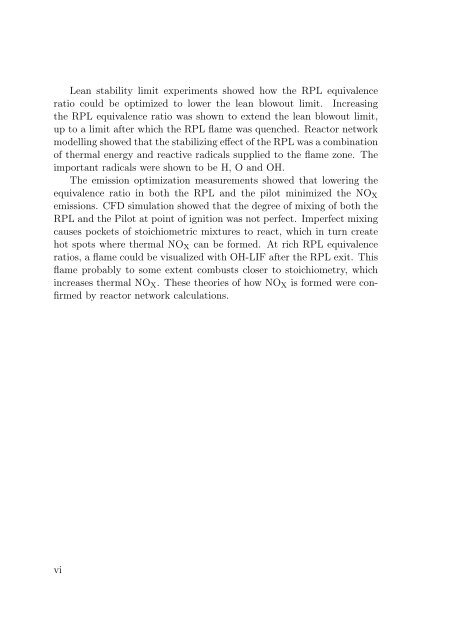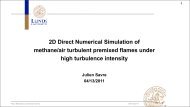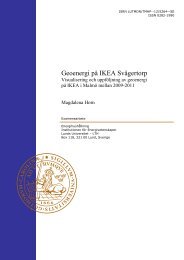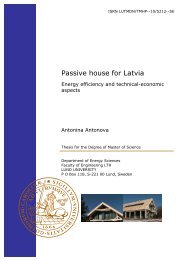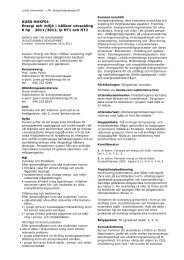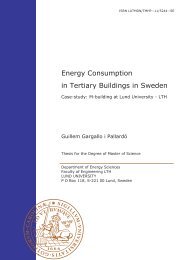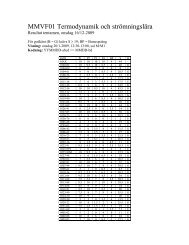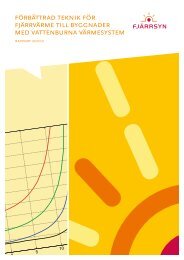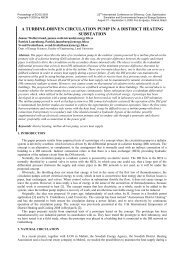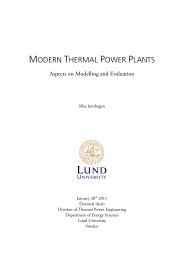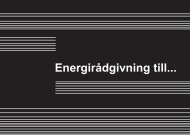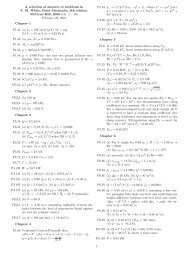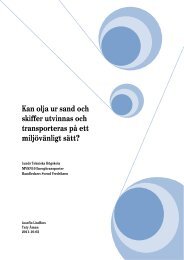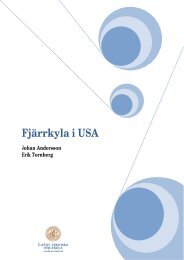investigation of a prototype industrial gas turbine combustor using ...
investigation of a prototype industrial gas turbine combustor using ...
investigation of a prototype industrial gas turbine combustor using ...
Create successful ePaper yourself
Turn your PDF publications into a flip-book with our unique Google optimized e-Paper software.
Lean stability limit experiments showed how the RPL equivalence<br />
ratio could be optimized to lower the lean blowout limit. Increasing<br />
the RPL equivalence ratio was shown to extend the lean blowout limit,<br />
up to a limit after which the RPL flame was quenched. Reactor network<br />
modelling showed that the stabilizing effect <strong>of</strong> the RPL was a combination<br />
<strong>of</strong> thermal energy and reactive radicals supplied to the flame zone. The<br />
important radicals were shown to be H, O and OH.<br />
The emission optimization measurements showed that lowering the<br />
equivalence ratio in both the RPL and the pilot minimized the NO X<br />
emissions. CFD simulation showed that the degree <strong>of</strong> mixing <strong>of</strong> both the<br />
RPL and the Pilot at point <strong>of</strong> ignition was not perfect. Imperfect mixing<br />
causes pockets <strong>of</strong> stoichiometric mixtures to react, which in turn create<br />
hot spots where thermal NO X can be formed. At rich RPL equivalence<br />
ratios, a flame could be visualized with OH-LIF after the RPL exit. This<br />
flame probably to some extent combusts closer to stoichiometry, which<br />
increases thermal NO X . These theories <strong>of</strong> how NO X is formed were confirmed<br />
by reactor network calculations.<br />
vi


